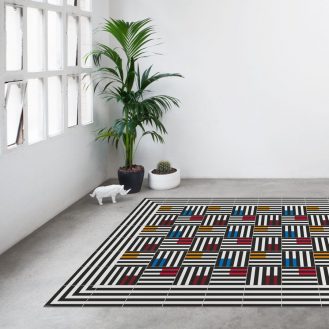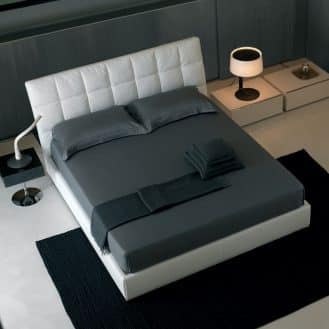
BOWER STUDIOS Stair Mirror
The first thing to know about mirrors is the different types of installation. You can choose to have a wall-mounted, free-standing, table or ceiling-mounted mirror.
Wall-mounted mirrors are the most popular and require appropriate wall fixations to be installed. They come in different shapes, sizes and innovative designs such as the Stair Mirror from Bower Studio. This mirror creates a visual illusion of a staircase jutting out of the wall, giving dimension and texture to the space.
Free-standing mirrors are either self supporting or leaned against the wall. This type of mirror is normally full length to show a full-body reflection. Free-standing mirrors can easily be moved around, but they take up floor space. They also need to be positioned carefully to avoid being knocked over or damaged.

RICHARD YASMINE Ashkal Mirror
Table mirrors are small to medium-sized and may be fixed or tilting. Many designs are supported by a small column or post that holds its position upright. They can be illuminated or magnifying. Some table mirrors can also serve as contemporary design objects, like the geometric Ashkal Mirrors from Lebanese interior architect and product designer Richard Yasmine.
Ceiling-mounted mirrors can either be fixed to a ceiling or hung vertically from a cord or pole. Large ceiling-mounted mirrors help create the illusion of space. This can be particularly useful in commercial spaces such as restaurants, boutiques and public buildings.











Thanks for helping me understand the different applications of bathroom mirrors. I’ll take this into account while we remodel our bathroom. Right now it looks old and antiquated, so we want to freshen it up.